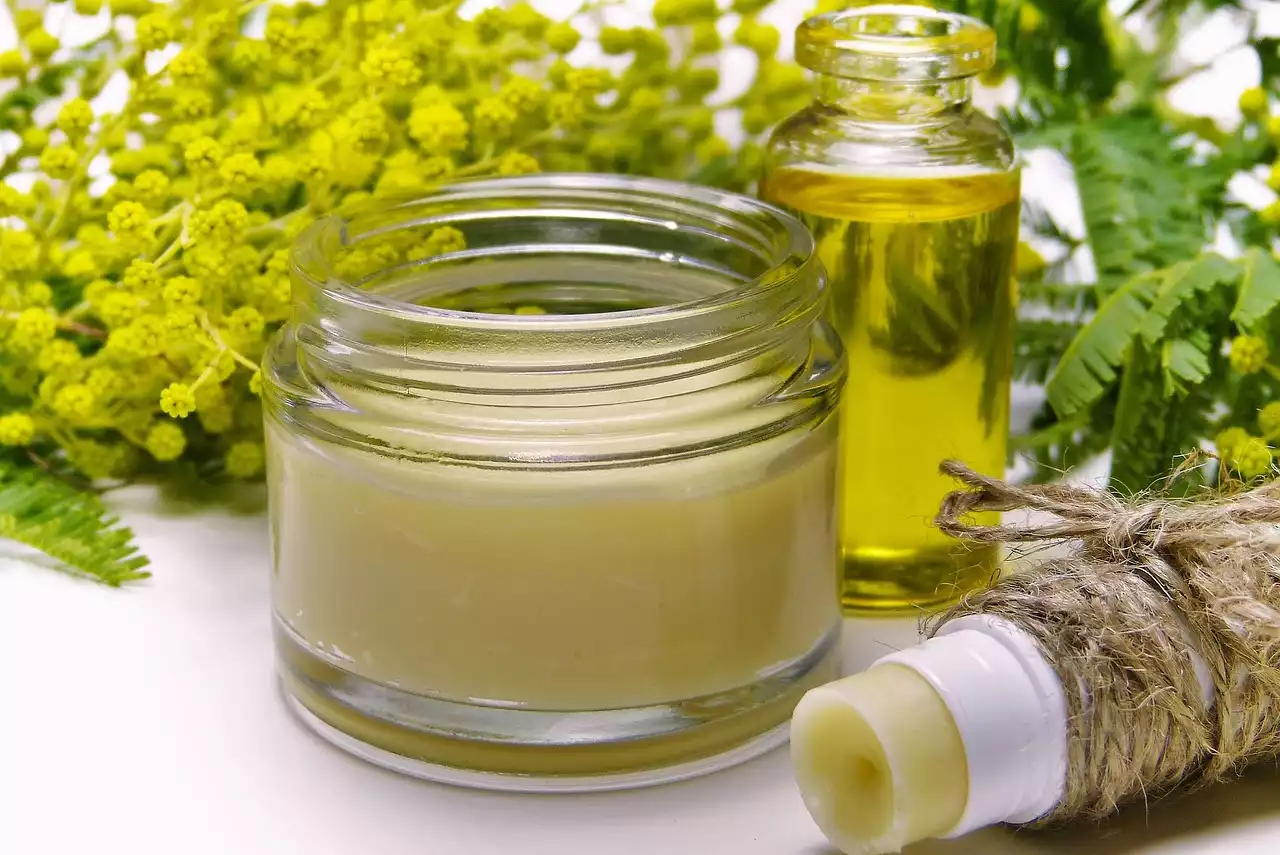How does exercise affect the skin?
When it comes to skincare, we often focus on external factors such as products and routines. However, the benefits of exercise on the skin can't be ignored. Exercise has a variety of effects on the body, and many of these effects can lead to healthier, more radiant skin. Here are 5 ways that working out can benefit your skin.
Improved circulation and oxygenation
One of the most significant benefits of exercise for the skin is improved circulation and oxygenation. When you work out, your heart rate increases, and blood flow to your skin increases as well. This increased blood flow delivers more oxygen and nutrients to your skin cells, helping them to function more efficiently. Improved circulation can also help to flush out toxins and waste products, which can contribute to clearer, more radiant skin.
Reduced stress and inflammation
Stress and inflammation are two of the most common culprits behind skin issues such as acne, rosacea, and eczema. Exercise has been shown to reduce stress levels by triggering the release of endorphins, which are natural mood-boosters. Exercise also helps to reduce inflammation in the body, which can lead to a reduction in skin inflammation as well. Studies have shown that regular exercise can lead to a significant improvement in acne and other inflammatory skin conditions.
Increased collagen production and skin elasticity
Collagen is a protein that is essential for healthy, youthful-looking skin. As we age, our bodies produce less collagen, leading to wrinkles and sagging skin. However, exercise can help to stimulate collagen production, leading to firmer, more elastic skin. Exercise has also been shown to increase the production of elastin, another protein that is essential for skin elasticity.
Better hydration and detoxification
Drinking enough water is essential for healthy skin, but exercise can also help to improve hydration levels. When you work out, you sweat, which helps to flush out toxins and impurities from your skin. This can lead to clearer, more radiant skin. Exercise can also help to regulate oil production, which can be especially beneficial for those with oily or acne-prone skin.
Protection from sun damage
Sun damage is one of the most significant contributors to premature aging and skin cancer. While sunscreen is essential for protecting your skin from the sun's harmful rays, exercise can also provide some protection. Exercise has been shown to increase the production of antioxidants in the body, which can help to protect your skin from free radical damage caused by UV radiation.
Tips to maximize the skin benefits of exercise
Now that you know how exercise can benefit your skin, it's time to learn how to maximize those benefits. Here are a few tips to help you get the most out of your workouts for your skin.
Wear sunscreen
While exercise can provide some protection from sun damage, it's still essential to wear sunscreen when you're working out outdoors. Choose a broad-spectrum sunscreen with an SPF of at least 30 and apply it liberally to all exposed skin. Don't forget to reapply every two hours, especially if you're sweating heavily.
Stay hydrated
Drinking enough water is essential for healthy skin, and it's especially important when you're working out. Aim to drink at least 8-10 glasses of water a day, and more if you're doing intense workouts. If you're working out for more than an hour, consider drinking a sports drink that contains electrolytes to help replenish the fluids and minerals you lose through sweat.
Avoid wearing makeup
When you're working out, your skin needs to breathe. Avoid wearing heavy makeup that can clog your pores and trap sweat and bacteria against your skin. Opt for lightweight, oil-free products that won't interfere with your skin's natural processes.
Cleanse your skin post-workout
After you've finished your workout, it's essential to cleanse your skin thoroughly to remove any sweat, dirt, and bacteria that may have accumulated during your workout. Use a gentle cleanser that won't strip your skin of its natural oils, and follow up with a lightweight moisturizer to help hydrate your skin.
Avoid touching your face
During your workout, avoid touching your face as much as possible. Your hands can transfer bacteria and oil to your skin, which can lead to breakouts and other skin issues. If you need to wipe away sweat, use a clean towel or tissue instead.
Skincare routine tips for post-workout
In addition to the tips above, there are a few things you can do to customize your skincare routine for post-workout.
Use a gentle cleanser
After your workout, use a gentle cleanser to remove any sweat and dirt from your skin. Look for a cleanser that is formulated for your skin type, whether that's oily, dry, or sensitive. Avoid using hot water, which can strip your skin of its natural oils, and instead use lukewarm water to cleanse your skin.
Apply a toner
After you've cleansed your skin, apply a toner to help balance your skin's pH levels. Look for a toner that is alcohol-free and contains ingredients like witch hazel or chamomile, which can help to soothe and calm your skin.
Moisturize
After toning your skin, apply a lightweight moisturizer to help hydrate your skin. Look for a moisturizer that is non-comedogenic, meaning it won't clog your pores, and contains ingredients like hyaluronic acid or glycerin, which can help to lock in moisture.
Don't forget your eyes
The skin around your eyes is delicate and prone to dryness, so it's important to give it extra attention post-workout. After moisturizing your face, apply an eye cream that is formulated for your specific concerns, whether that's dark circles, fine lines, or puffiness.









